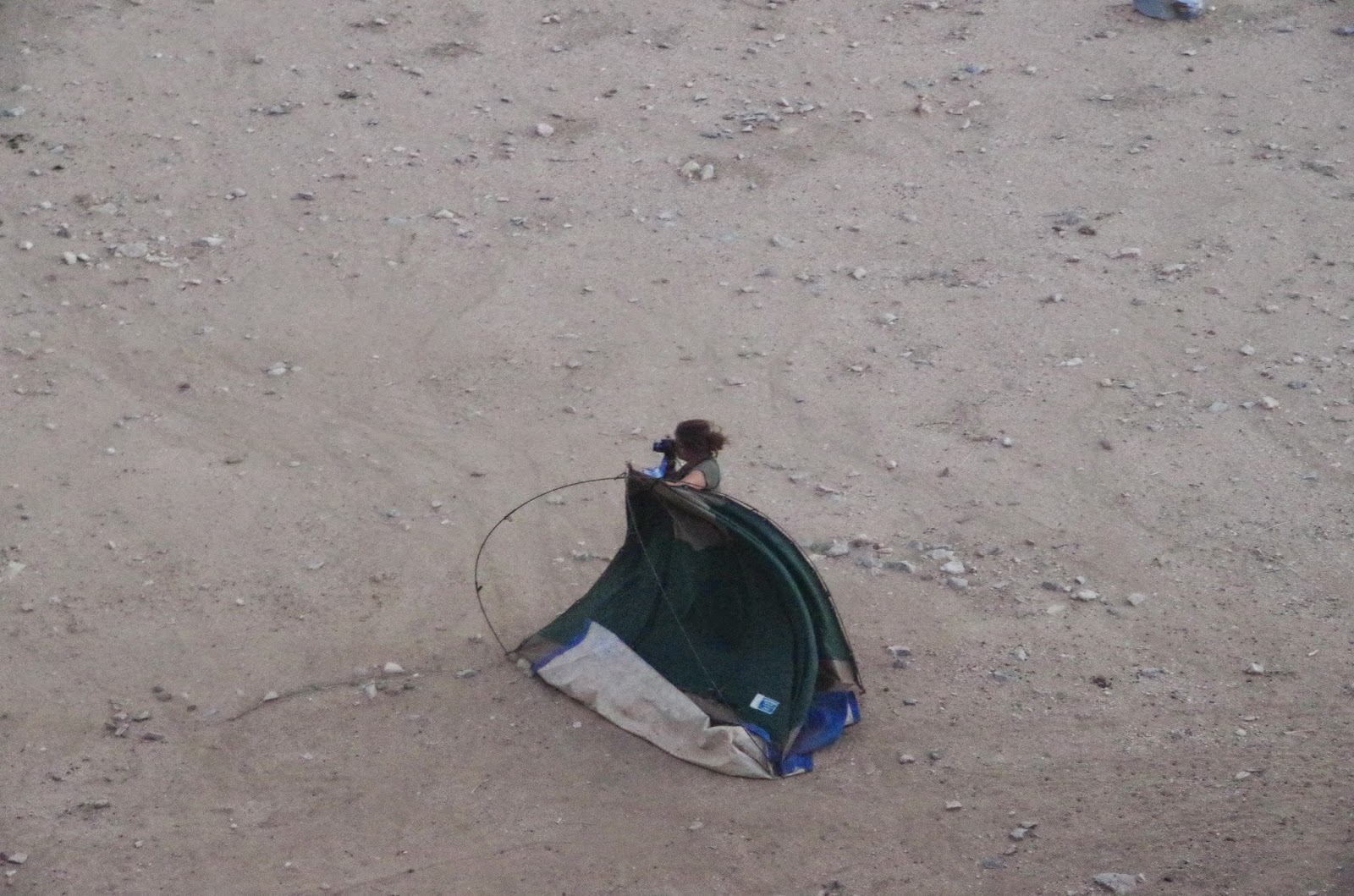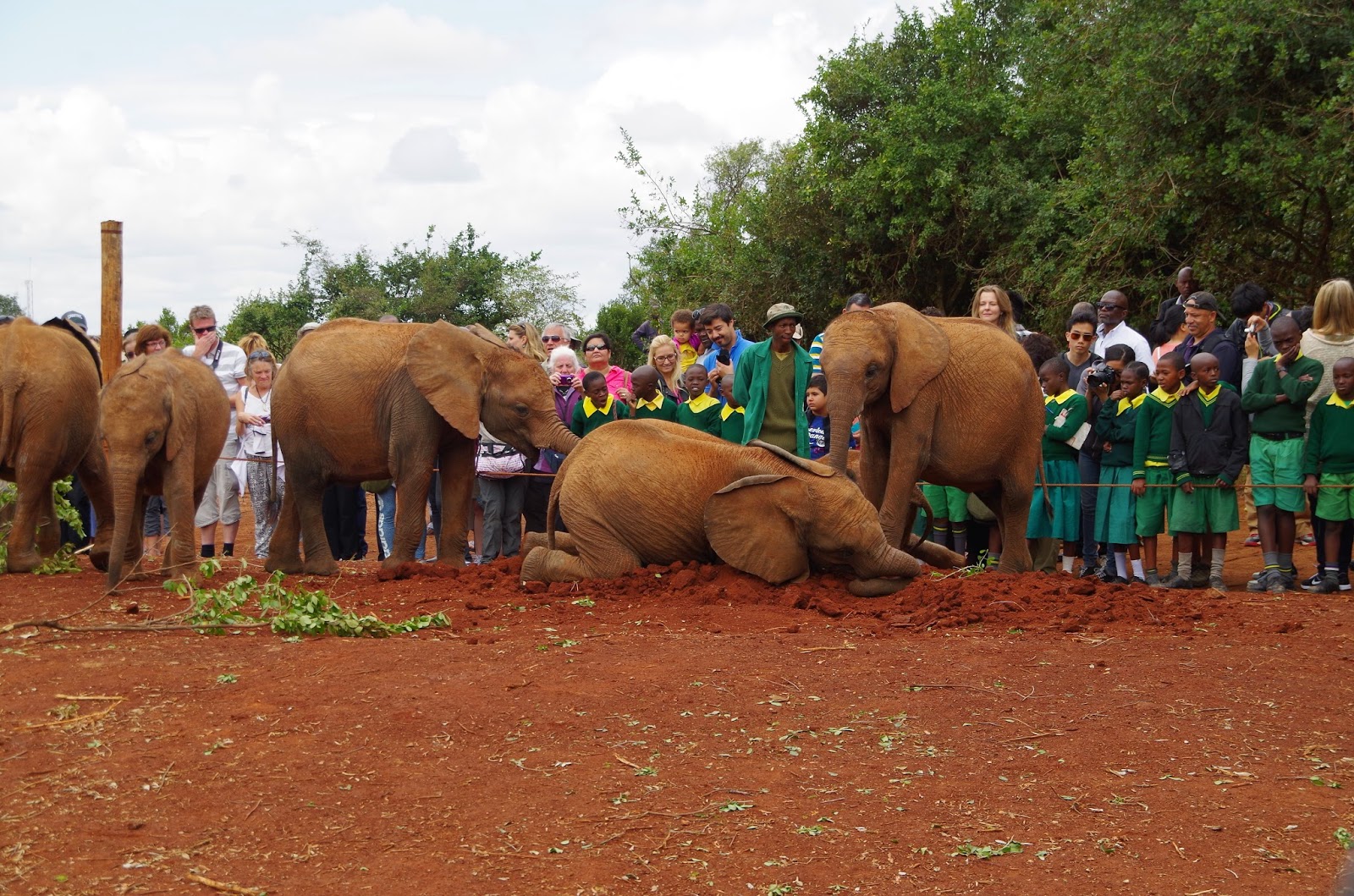Kenya & Ethiopia
Our truck rolled into Nairobi on the 22nd June and parked up at Karen Camp where we would be staying for the next 3 nights. We immediately jumped into a truck clean, pulling out seats, emptying all the storage compartments and scrubbing pots and pans back to their original shiny silver self. After reloading the clean truck we headed to Carnivores for dinner, a meat lovers paradise, serving all manner of animals without a single vegetable in sight. Although there is no shortage of meat in Africa there is a shortage of businesses that know how to cook it well and this place was a diamond in the rough.
Nairobi was officially a start/finish point for our trip with just the 1 passenger, Dianna, leaving us here but no one was joining as the extra room on the truck had been assigned to spare parts and equipment for next years Trans Africa trip. With no visas to get here as originally planed we had the next 2 full days to ourselves. After getting my affairs back in order and relaxing the 1st day I made my way with the truck to the David Sheldrick Wildlife Trust, an orphanage for abandoned or lost baby elephants. They live in the adjoining Nairobi National Park but are nice enough to spare 1 hour of their day to visit the grateful tourists, having a quick suckle of milk, rolling in some mud and chewing on some tactfully placed tree branches while we took some pictures and listened to the guide explain their work at the centre. Their human carers sleep with them for the first few years of their life and they are gradually eased back into the wilderness, when at 5 years of age they are released and adopted by a herd of elephants in one of the National Parks within Kenya.
 |
| Baby elephants at David Sheldrick Wildlife Trust |
 |
| Returning back to the park after entertaining us |
Whilst we were in Nairobi the curse of the Trans Africa truck struck again. Our original driver had returned from Tanzania where he had been recovering from malaria and taken over from Gareth who drove with us for almost 2 weeks before returning to his own truck which was working its way south down to Cape Town. We got word when we were in Nairobi that Gareth had now been hit with malaria as well, bringing it to 3 drivers with malaria and a tour leader with typhoid/malaria. I’m pretty sure the Oasis Overland HQ are counting down the days until we reach Cairo and crossing their fingers lightning doesn't strike 5 times.
 |
| Some of the scaffolding seen throughout Africa |
 |
| OH&S is a high priority |
Crossing into Ethiopia we bush camped again before making a final dash to Addis Ababa. Now Ethiopia's population in the Lonely Planet has been put at about 91 million but just from speaking to a few locals this has been the estimated population for well over 10 years and some suspect its closer to 120 million. This was very evident when driving through the countryside with the roads doubling as a pedestrian walkway and not a single square inch of unclaimed land. With the roads being a little worse than we expected we didn't quite make our destination and due to the amount of people we were forced to camp in a small village that were more than happy to have us. As a matter of fact they were so happy the entire village and half of the adjoining village came to check out these strange Westerners who arrived in a big yellow truck and quickly started erecting tents on their front lawns. Although we had had this happen more often than not on the West Coast the locals here were a tad overzealous and had no concept of personal space. As it started raining we threw up a tarp over the kitchen area which was probably only about 4x6 metres. Standing 4 deep around this tarp the keen locals surrounded the cooking group purely out of interest but with that many people things can get rowdy. With well over 100 people surrounding us it got quite loud and excitable. It is quite hard to explain the whole event but a fair percentage of the group were quite overwhelmed and uncomfortable as you would have to constantly fight through a crowd of people just to get in and out of the truck and they were very reluctant to leave after dinner to the point that some of the teenage kids hung around for hours and even tried to get into our tents and rifled through our rubbish, spreading it across the lawn. Awoken by a drunk local who was singing/rambling/preaching from 5-5:30 we were quite happy to see that nothing had been stolen and that we would soon be out of there. A smaller crowd of 20-30 joined us for breakfast but at last we were on our way to Addis Ababa.
 |
| Eager locals that surrounded our truck during a shop in town |
 |
| Breakfast with the villagers |
Addis Ababa is the 4th largest city in Africa with approximately 10 million people. The outskirts were less developed but fortunately we were staying in the centre which is fairly metropolitan by African standards. We checked ourselves into the Taitu Hotel in the middle of town where we now have 4 nights in a row in a bed with a hot shower. This is just the 3rd city we have had a hotel room provided for us without us having to pay for an upgrade, the other 2 being Swakopmund and Cape Town, so everyone is currently in high spirits. With Oasis HQ being a little worried about our reputation for infecting their staff with tropical diseases they sent us a new tour leader to help our driver Nick with the rest of the trip. Mark is with us until Cairo and after just a couple of nights with him it seems he will fit right in.
more...












































